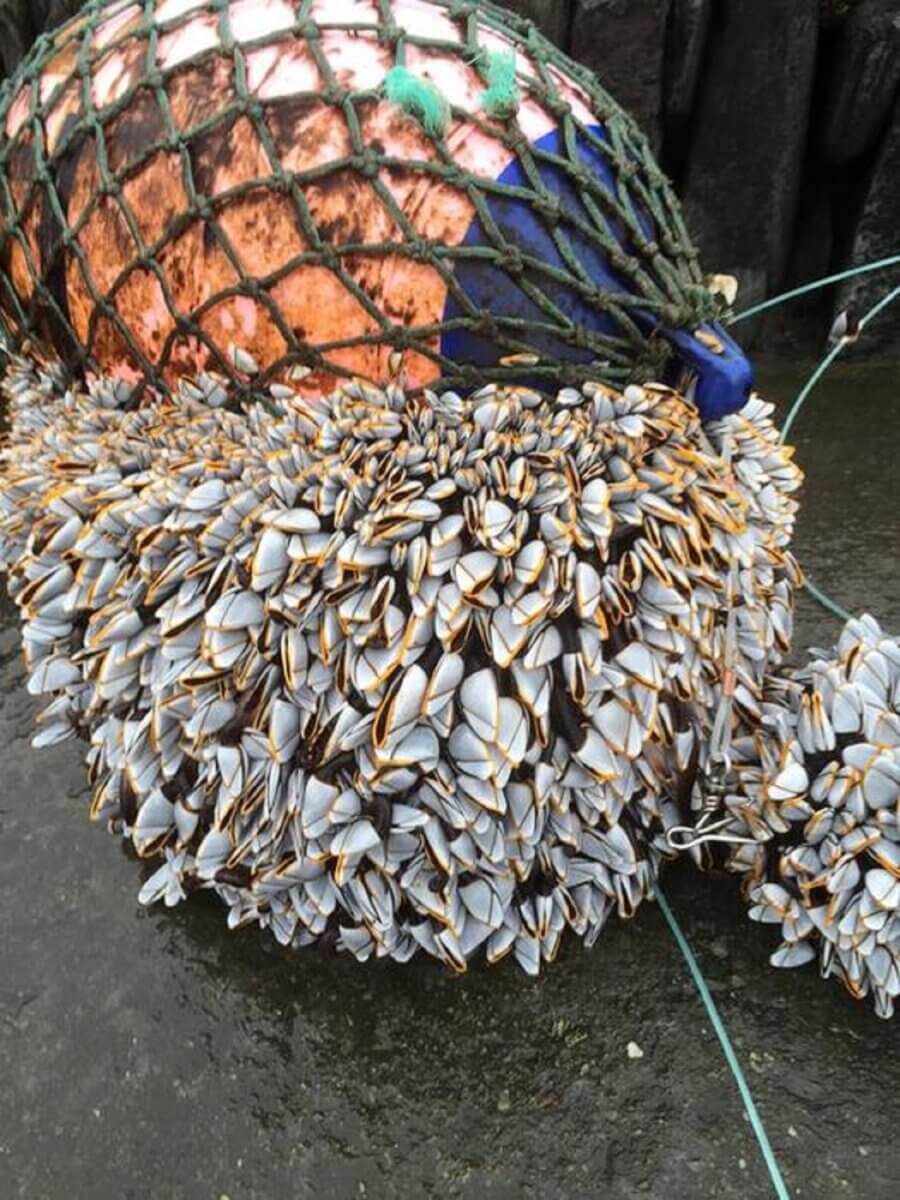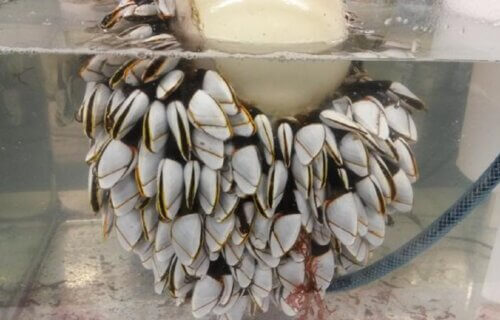TAMPA, Fla. — Scientists suggest that barnacles could be key in locating the wreckage of the missing Malaysian Airlines flight MH370. Since the plane’s disappearance in March 2014 with 12 crew members and 227 passengers on board, only a few pieces of debris have been discovered, washed ashore on an Indian Ocean island.
The official search for the aircraft, which was en route from Kuala Lumpur to Beijing, ended in January 2017. A subsequent six-month private investigation also yielded no results. However, a team of researchers at the University of South Florida believes they may have found a solution to this maritime mystery within the shells of barnacles.
The researchers have developed a technique to extract ocean temperature data from these shells, allowing them to reconstruct the drift path of barnacles found on the debris back to the plane’s point of origin. While the reconstruction is only partial due to the availability of smaller shells, the team believes that applying the method to larger shells could help locate the missing aircraft.
“The flaperon was covered in barnacles and as soon as I saw that, I immediately began sending emails to the search investigators because I knew the geochemistry of their shells could provide clues to the crash location,” says Associate Professor Gregory Herbert, a geoscientist at USF, in a media release.

(credit: Gregory Herbert/University of South Florida)
Barnacles grow their shells daily, creating internal layers akin to tree rings. The chemistry of each layer reflects the temperature of the surrounding water at the time the layer was formed.
Through growth experiments with live barnacles, Prof. Herbert and his team successfully extracted temperature records from the shells for the first time. The study applied this technique to smaller barnacles from MH370 debris. Collaborating with experts from the National University of Ireland Galway, they combined these temperature records with oceanographic modeling to produce a partial drift path.
“Sadly, the largest and oldest barnacles have not yet been made available for research, but with this study, we’ve proven this method can be applied to a barnacle that colonized on the debris shortly after the crash to reconstruct a complete drift path back to the crash origin,” notes Prof. Herbert.
The official search spanned 120,000 square kilometers (46,000 square miles) of ocean, including a stretch known as “The Seventh Arc,” where investigators think the plane could have glided after exhausting its fuel. The researchers believe that because ocean temperatures can vary rapidly along this arc, his method may precisely pinpoint the aircraft’s location.
“Knowing the tragic story behind the mystery motivated everyone involved in this project to get the data and have this work published,” says Dr. Nassar Al-Qattan, a member of the research team. “The plane disappeared more than nine years ago, and we all worked aiming to introduce a new approach to help resume the search, suspended in January 2017, which might help bring some closure to the tens of families of those on the missing plane.”
The study is published in the journal AGU Advances.
South West News Service writer Jim Leffman contributed to this report.

